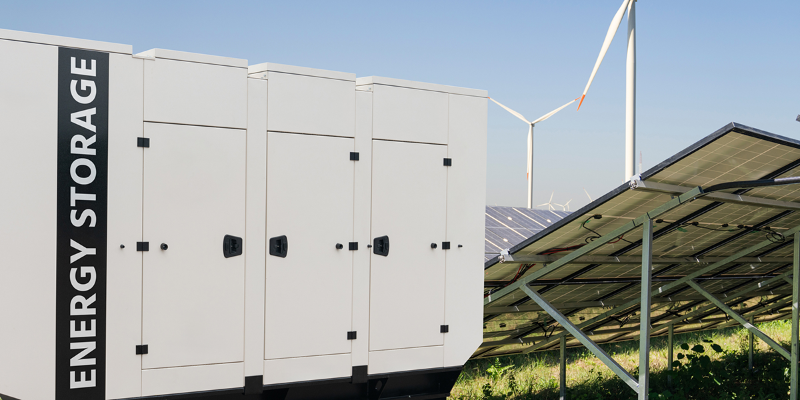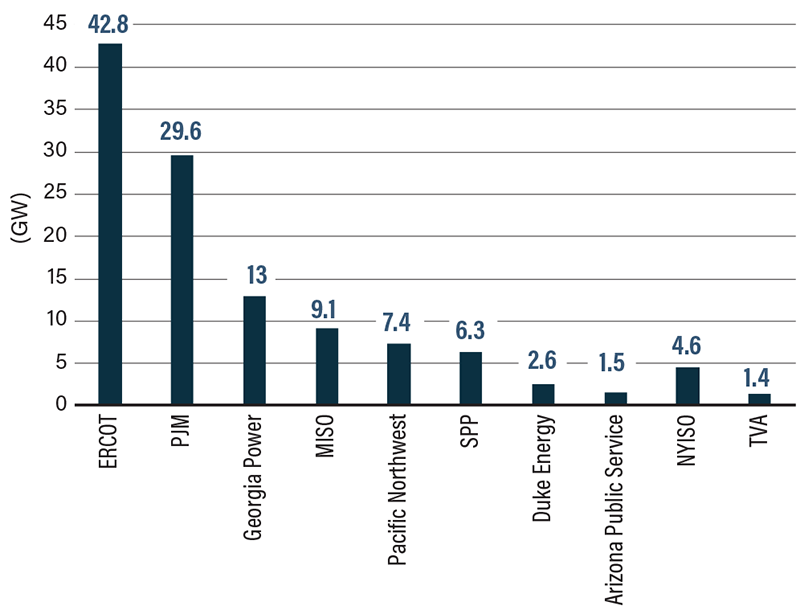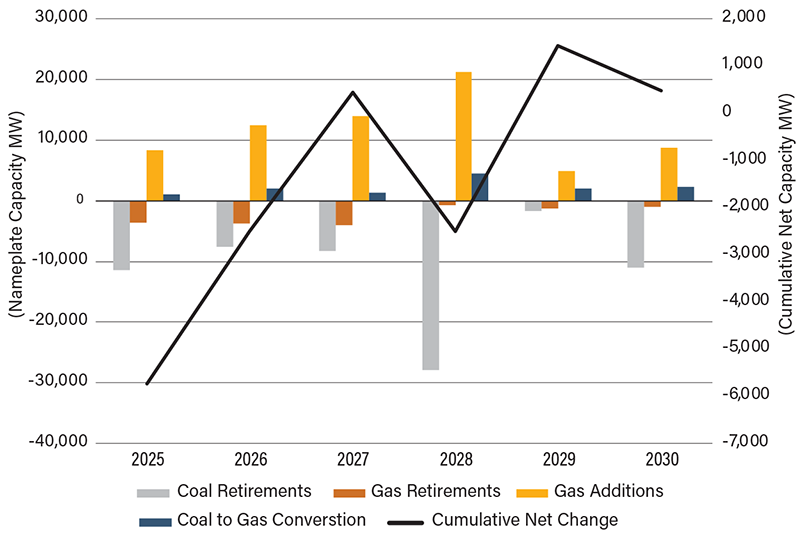Load Growth Spurs Need for Dispatchable Generation Resources

Access to dispatchable generation is at a premium as power demand forecasts in the U.S. keep rising and the grid becomes increasingly reliant on renewable sources of energy.
In late May, the Department of Energy issued emergency orders directing PJM and MISO to delay the retirements of two fossil fuel generation plants, owned by Constellation Energy and Consumers Energy respectively, to help minimize the risk of generation shortfalls. The orders will help keep over 2.2 GW of dispatchable generation online across the two regions.
“Consulting firm GridStrategies has raised their five-year power demand forecast by 100.7 GW over the last two years,” CFC Energy Industry Analyst Chris Whittle said. “Serving this growing demand with less dispatchable generation could increase the risk of supply challenges. However, increasing investments into building new natural gas generation is expected to ease those supply tensions.”

SOURCE: GridStrategies.
Generator retirements in the U.S. will be significant through the end of the decade with around 68 GW of coal and 14 GW of natural gas expected to be retired, according to data from the U.S. Energy Information Administration (EIA) and S&P Global.
New natural gas generation additions are expected to be a key factor in helping maintain electric reliability. The U.S. is expected to see 70 GW of new natural gas generation additions through 2030 as well as an additional 13 GW of coal retirements that are being converted to new natural gas generation according to EIA and S&P Global. Overall, new natural gas capacity is expected to be 472 MW higher than the total amount of scheduled coal and gas retirements by the end of the decade.

SOURCE: EIA and S&P.
“More still needs to be done to reliably serve growing power demand in the U.S., but the recent repealing of a Biden-era Environmental Protection Agency power plant emission ruling will allow some coal plants to stay operational for longer without needing carbon capture technology,” Whittle said. “This may to reduce the number of planned coal retirements and further increase our future supply of dispatchable generation.”
